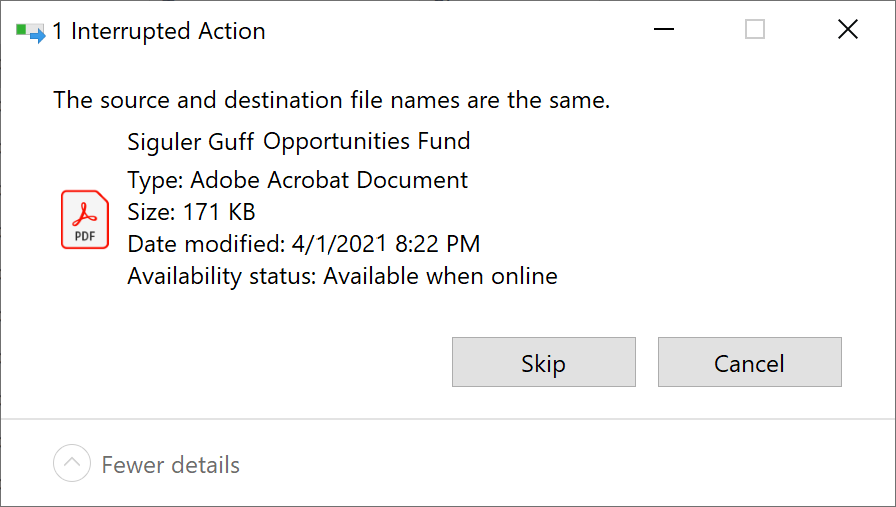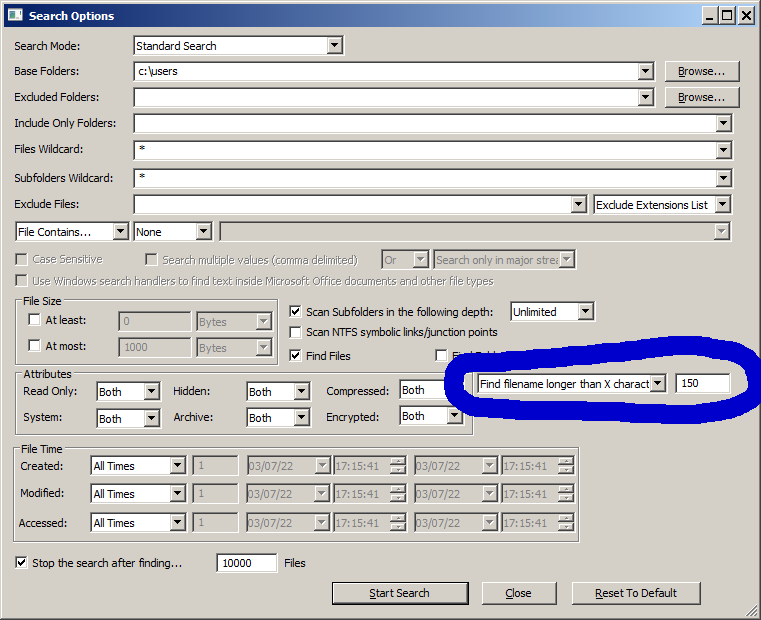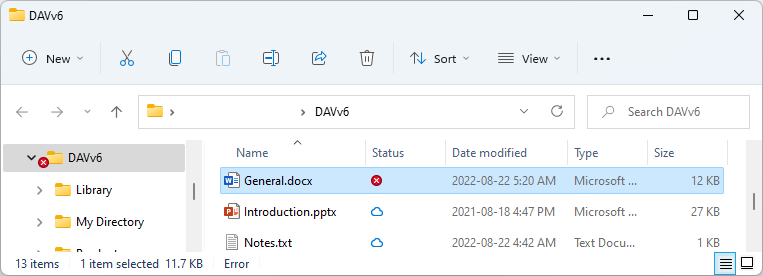File Names: Source vs. Destination

In the world of data management and file organization, the distinction between source and destination file names holds significant importance. Understanding the nuances of these terms is crucial for efficient file handling, especially when dealing with large datasets or complex data pipelines. This article delves into the concept of file names in the context of source and destination, exploring their definitions, differences, and the best practices associated with them.
Understanding Source File Names

A source file name refers to the unique identifier of a file as it exists in its original location or repository. It is the name assigned to the file at the time of its creation or storage. Source file names are crucial for maintaining the integrity and traceability of data. They provide a reference point, allowing users and systems to locate and access the file accurately.
Source file names often reflect the content, purpose, or context of the file. For example, in a database of customer records, a source file name might be structured as customer_data_2023_Q1.csv, indicating the type of data, the year, and the quarter it covers. This naming convention ensures that the file's content is immediately recognizable and facilitates easy retrieval.
Characteristics of Source File Names
- Uniqueness: Source file names are unique within the source repository, ensuring that each file has a distinct identifier.
- Consistency: Adhering to a consistent naming convention across similar files makes it easier to manage and organize large datasets.
- Contextual Information: Source file names often include metadata, such as dates, versions, or project names, providing valuable context.
Best Practices for Source File Names
When creating or managing source file names, it is essential to follow certain best practices to ensure efficiency and ease of use:
- Use Descriptive Names: Opt for file names that clearly describe the content, making it easier for users to understand the file’s purpose.
- Avoid Ambiguity: Steer clear of generic names like
file1.txtordata.csv, as they provide little context. - Include Relevant Metadata: Incorporate details such as dates, versions, or project codes to enhance the file’s discoverability.
- Be Consistent: Maintain a consistent naming convention within projects or organizations to streamline file management.
- Use Standardized Formats: Adhere to industry standards or organizational guidelines to ensure compatibility and ease of collaboration.
Destination File Names: A New Identity

When files are moved, copied, or transferred from one location to another, they often acquire a new identity in the form of a destination file name. This new name is assigned to the file to reflect its updated context or purpose in the destination repository.
Destination file names play a critical role in data pipelines, where files are processed, transformed, and distributed across various systems. They help maintain the integrity of the data and ensure that the file's identity remains intact throughout its journey.
Key Differences between Source and Destination File Names
While source and destination file names serve similar purposes, they have distinct characteristics:
- Location: Source file names refer to the file’s original location, while destination file names indicate its new location.
- Context: Source file names often provide context specific to the file’s origin, while destination file names may reflect the needs of the receiving system or project.
- Naming Conventions: Source file names follow the conventions of the source repository, whereas destination file names may adopt different conventions based on the destination’s requirements.
Managing Destination File Names
Efficient management of destination file names is crucial for seamless data flow. Here are some considerations:
- Automate Naming: Utilize scripting or automation tools to rename files based on predefined rules, ensuring consistency and reducing manual errors.
- Use Templates: Create templates for destination file names to streamline the process and maintain a uniform structure.
- Consider Metadata: Incorporate metadata from the source file name into the destination name to preserve valuable context.
- Handle Conflicts: Develop strategies to manage file name conflicts, such as appending unique identifiers or timestamps.
Case Study: File Name Management in Data Pipelines
To illustrate the importance of source and destination file names, let’s consider a real-world scenario in a data analytics company.
Imagine a scenario where a team of data scientists regularly processes large datasets for client projects. The source files are initially named based on the project code, date, and data type, such as ProjectA_202306_RawData.csv. These files are then processed and transformed, resulting in new files with different purposes and contexts.
For instance, a derived dataset for further analysis might be named ProjectA_202306_ProcessedData.csv, indicating its role in the project. When the processed data is ready for delivery to the client, the destination file name could be ClientX_ProjectA_FinalReport.xlsx, reflecting the client's name and the purpose of the file.
In this case, effective management of source and destination file names ensures that the data scientists can easily locate and access the required files, and the clients receive files with clear and meaningful names, facilitating smooth collaboration.
The Impact of Well-Managed File Names
Proper management of source and destination file names offers numerous benefits:
- Improved Data Integrity: Well-structured file names reduce the risk of data loss or corruption, ensuring that files are correctly identified and accessed.
- Enhanced Collaboration: Clear and descriptive file names facilitate collaboration among team members and stakeholders, improving communication and reducing confusion.
- Efficient Data Retrieval: Consistent naming conventions enable quick and accurate retrieval of files, saving time and effort in data management.
- Simplified Automation: Well-defined file names make it easier to automate data processing workflows, reducing manual intervention and potential errors.
Future Implications and Best Practices

As data management practices continue to evolve, it is essential to stay updated with the latest trends and best practices:
- Embrace Metadata: Utilize metadata to enrich file names, making them more informative and contextually rich.
- Standardize Naming Conventions: Establish and enforce standardized naming conventions across projects and teams to ensure consistency.
- Leverage Automation: Explore tools and technologies that automate file renaming processes, especially in large-scale data operations.
- Document and Communicate: Document naming conventions and share them with team members to ensure a shared understanding.
| Source File Name | Destination File Name |
|---|---|
| Project_Proposal_Draft_v1.docx | Final_Project_Proposal_Approved.docx |
| Raw_Sensor_Data_20230715.csv | Processed_Sensor_Insights_Q3.xlsx |
| Image_001.jpg | Processed_Image_Enhanced_Contrast.png |

How can I ensure consistent file naming across a team or organization?
+Establish clear guidelines and naming conventions that are easy to understand and follow. Provide training and documentation to ensure that all team members are aware of the standards. Regularly review and update the naming conventions as needed to accommodate evolving project requirements.
What if I encounter duplicate file names in a destination repository?
+To handle duplicate file names, consider appending unique identifiers or timestamps to the destination file names. This ensures that each file retains its distinct identity while avoiding conflicts.
Are there any tools or software that can assist with file name management?
+Yes, several tools are available to streamline file name management. These include scripting languages like Python or shell scripts, as well as specialized file management software. These tools can automate renaming processes, enforce naming conventions, and handle large-scale file name changes efficiently.
Related Terms:
- Long Filenames or Paths
- File System Conflicts
- OneDrive
- SharePoint
- Microsoft 365
- Google Drive